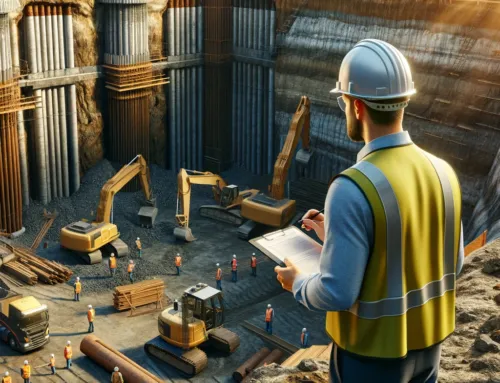What is an ESA?
Environmental site assessment (ESA) is a critical process in both commercial and residential construction development. It encompasses a series of evaluations aimed at identifying potential or existing environmental contamination liabilities on a given property. This article delves into the essence of environmental site assessments, focusing on groundwater testing, Phase 1 and Phase 2 reports, and elucidates why these components are pivotal to the construction development sector.
Understanding Environmental Site Assessments
Environmental site assessments are structured evaluations designed to assess a property’s environmental condition and identify any potential risk of contamination. This process is essential for safeguarding public health and the environment from the adverse effects of pollution. It also plays a crucial role in the due diligence phase of property transactions, helping stakeholders understand the environmental liabilities associated with a property.
Nulla in tristique nibh. Phasellus porttitor leo id risus cursus. Aliquam tincidunt rutrum ante, eu vestibulum elit phare.
Why is an ESA important?

The Significance of Groundwater Testing
Groundwater testing is a fundamental component of the environmental site assessment process. It involves the collection and analysis of water samples to evaluate the presence of contaminants such as heavy metals, pesticides, hydrocarbons, and other hazardous substances. This testing is crucial for several reasons:
Phase 1 Environmental Site Assessments (ESAs)
A Phase 1 ESA is the first step in the environmental due diligence process. It is primarily a non-intrusive review designed to identify potential or existing environmental contamination liabilities. This phase includes:
The main objective of a Phase 1 ESA is to assess if there are any Recognized Environmental Conditions (RECs) that could affect the property’s value or pose a risk to human health and the environment.
Phase 2 Environmental Site Assessments
If a Phase 1 ESA identifies potential contamination or RECs, a Phase 2 ESA is conducted to confirm the presence of hazardous substances. This phase is more invasive and involves:
Phase 2 ESAs are critical for making informed decisions about property acquisition, development, and financing. They provide detailed information about the environmental condition of a site, enabling stakeholders to address contamination issues proactively.
The Importance of ESAs in Construction Development
Environmental site assessments are indispensable in the construction development sector for several reasons:
Conclusion
Environmental site assessments, including groundwater testing, Phase 1 and Phase 2 reports, are essential tools in the field of geotechnical and environmental engineering consultation. They provide a comprehensive evaluation of a property’s environmental condition, identifying potential risks and liabilities associated with contamination. For commercial and residential construction development, ESAs are not just a regulatory requirement; they are a critical component of responsible development practices. By integrating ESAs into the development process, stakeholders can ensure that their projects are safe, compliant, and sustainable, ultimately contributing to the well-being of the community and the protection of the environment.
What is the difference between a Phase 1 Report and a Phase 2 Report?




